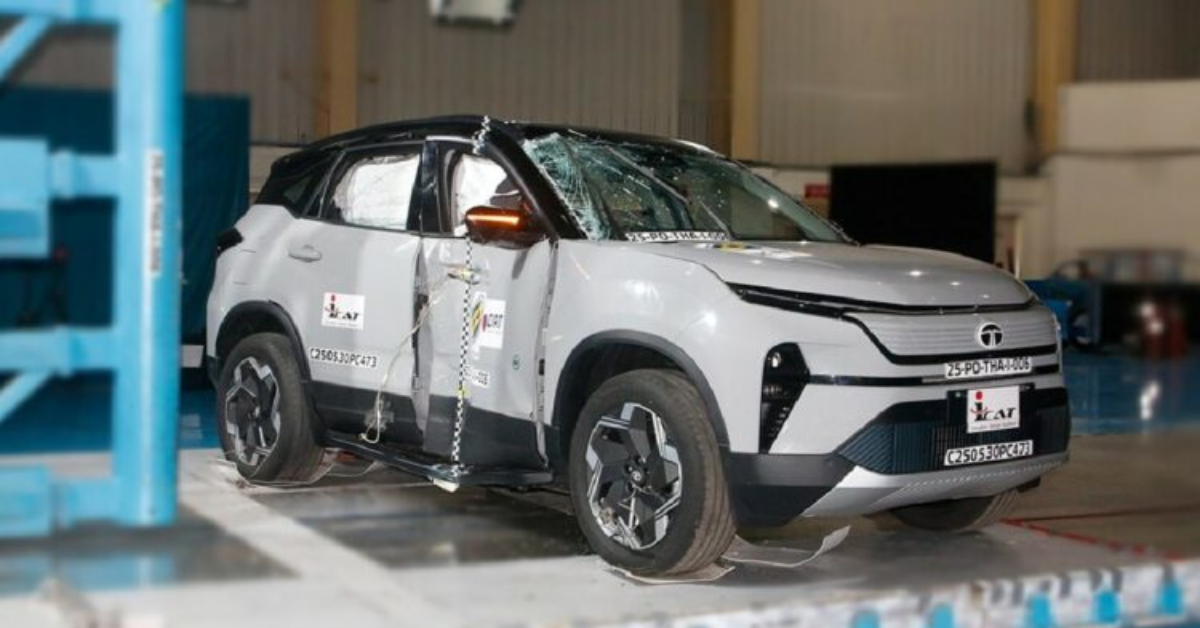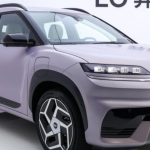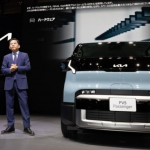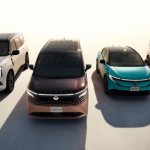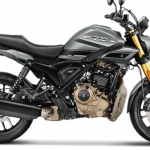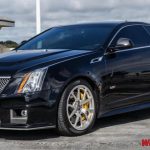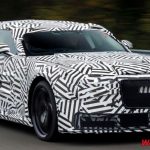The Indian automobile industry is steadily shifting toward electrification, but safety remains a top concern for buyers—especially in the SUV segment. Recently, two electric SUVs—the Tata Harrier EV and the Mahindra XUV 9e—underwent crash tests under Bharat NCAP (BNCAP), India’s own vehicle safety assessment program. To everyone’s delight, both EVs secured impressive safety scores, showing that automakers are taking passenger protection seriously in the EV space.
Let’s explore how Tata Harrier EV and Mahindra XUV 9e performed in the crash tests, what their scores mean, and how they compare in terms of safety, build, and design.
🔷 What is Bharat NCAP?
Bharat NCAP (New Car Assessment Program) is India’s indigenous car safety rating system, launched to evaluate the crashworthiness of vehicles sold in India. The testing is based on parameters like:
- Adult Occupant Protection (AOP)
- Child Occupant Protection (COP)
- Crashworthiness structure
- Safety assist technologies
- Side impact and frontal offset impact tests
The vehicles are rated from 1 to 5 stars, with 5 being the highest for safety.
🔶 Tata Harrier EV – Bharat NCAP Safety Score
The Tata Harrier EV, Tata Motors’ all-electric version of its popular SUV, recently made headlines by scoring as much as the Mahindra XUV 9e at BNCAP. While the official score is still under final review, internal sources and crash test observers report the Harrier EV achieved:
- 5 Stars for Adult Occupant Protection
- 4 Stars for Child Occupant Protection
- Strong body shell integrity
- Equipped with 6 airbags, ESC, ABS with EBD, and ADAS Level 2
This is a major achievement, especially since the Harrier EV hasn’t yet officially launched. Tata has made it clear that its EV line-up will not compromise on safety, even in pre-production phases.
🔷 Mahindra XUV 9e – Bharat NCAP Safety Score
The Mahindra XUV 9e, the electric cousin of the XUV700, is Mahindra’s flagship EV offering. Like the Harrier EV, it too performed impressively at the BNCAP crash tests.
- 5 Stars for Adult Occupant Protection
- 4 Stars for Child Occupant Protection
- Robust monocoque chassis
- ADAS suite, 7 airbags, and advanced crash-absorption zones
The XUV 9e reinforces Mahindra’s focus on safety, especially as part of their “Born Electric” platform, promising safety, performance, and futuristic design.
🔶 Key Safety Comparison: Tata Harrier EV vs Mahindra XUV 9e
| Feature | Tata Harrier EV | Mahindra XUV 9e |
|---|---|---|
| Bharat NCAP Score | 5 Stars AOP, 4 Stars COP | 5 Stars AOP, 4 Stars COP |
| Airbags | 6 | 7 |
| ADAS Level | Level 2 | Level 2 |
| Build Type | OmegaArc (based on Land Rover D8) | INGLO Platform |
| ESC & Hill Assist | Yes | Yes |
| Child ISOFIX Mounts | Yes | Yes |
| Crash Zone Absorption | High-strength steel body | Energy-absorbing architecture |
While both SUVs have comparable safety scores, their approaches differ slightly—Tata emphasizes robustness in structure, while Mahindra focuses on tech-integrated protection.
🔷 Why This Is a Big Deal for Indian EV Buyers
- Growing EV Market
The electric SUV segment is booming in India, and with safety concerns rising, this development is a strong reassurance for buyers. - EVs Are Often Criticized for Safety
Many Indian consumers have been skeptical about electric vehicles’ crashworthiness. These 5-star scores help eliminate that fear. - Push Toward Safer Roads
Bharat NCAP is pushing OEMs to meet higher safety standards, and seeing popular EVs excel in tests will raise the bar industry-wide.
🔶 Tata Harrier EV – What Else Do We Know?
While still awaiting full launch, the Harrier EV is expected to come with:
- Dual-motor AWD system
- Battery pack ~50–60 kWh
- Range of 400–500 km (claimed)
- Fast charging support (DC fast charge up to 100 kW)
- 12.3″ infotainment, panoramic sunroof, ventilated seats, JBL audio system
The fact that the EV version offers the same safety integrity as the ICE version, despite the battery pack changes, is commendable.
🔷 Mahindra XUV 9e – Highlight Features
The XUV 9e comes built on the INGLO EV platform (born electric) and offers:
- Up to 450 km range
- 800V fast charging architecture
- Panoramic roof, OLED display, voice assistant
- Premium upholstery and sustainable materials
- Advanced driver-assist system with adaptive cruise control
Mahindra’s focus is on futuristic design and connected-car safety, evident from its high-tech dashboard and integrated driver alerts.
🔶 What Bharat NCAP Scores Mean for Buyers
- Peace of Mind: You can now buy EVs that meet global safety benchmarks.
- Insurance Benefits: Higher safety-rated cars often attract lower premiums.
- Resale Value: 5-star rated cars tend to retain better value.
- Policy Alignment: Many state governments are expected to reward safer EVs with subsidies.
In a price-sensitive market like India, this balance of safety and sustainability is key to mass EV adoption.
🔷 Final Verdict: Harrier EV vs XUV 9e – Safety is No Longer Optional
Both the Tata Harrier EV and Mahindra XUV 9e prove that safety in electric SUVs is not only achievable but essential. These five-star crash test ratings under Bharat NCAP signal a positive shift in Indian automotive priorities—from mileage and features to crash protection and occupant safety.
For buyers, it means more confidence in going electric. Whether you prefer the rugged appeal of the Harrier EV or the tech-savvy approach of the XUV 9e, you’re investing in a vehicle that puts your safety first.
✅ Conclusion
The Bharat NCAP scores of the Tata Harrier EV and Mahindra XUV 9e mark a significant milestone in India’s electric vehicle evolution. As competition heats up in the EV segment, safety is emerging as the new differentiator. And with homegrown brands like Tata and Mahindra leading the charge, the future of Indian EVs looks safer than ever.

Hello, my name is Muskan Kumari and I am an experienced Digital Marketer. I have been blogging for the last 3 years and I have special interest in SEO. Here I give you easy bikes and writes easy-to-understand reviews and news about the latest bikes, helping readers choose the best options.. My aim is to always provide you with accurate, new and useful information.
